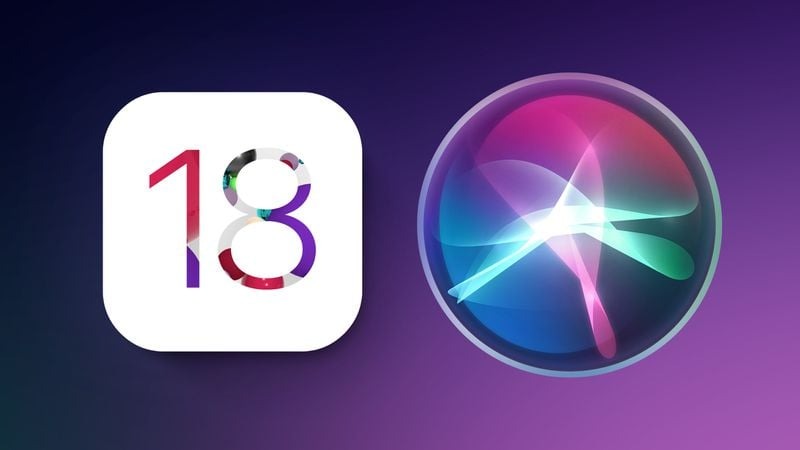A tsunami of artificial intelligence stands ready to crash onto Apple’s digital shores this June at the company’s WorldWide Developer Conference (WWDC) event. According to various reports, Apple plans to whip the wraps off a suite of AI-infused software tools aiming to transform how people interact with their devices.
From vastly improving Siri’s assistance capabilities to injecting generative smarts into creative applications, Apple’s software engineers have apparently been hard at work for years crafting this next evolution in human-computer interfaces.
However, while the promise exists of simplified workflows and new solution possibilities, thoughtful caution must temper the allure of unleashing nascent generative algorithms at scale.
Siri 2.0: Bidding Adieu to Dumb Prompts?
Headlining Apple’s AI invasion sits a complete Siri reboot reportedly nicknamed “Ajax.” After over a decade responding via rigid scripts, Apple now seeks to endow its assistant with more contextual conversational intelligence.
This means Siri graduates from strictly following user commands to proactively offering recommendations meeting inferred needs. Expectkal fluid exchanges covering varied subjects plus retention of historical relationships and preferences.
Essentially, the next Siri iteration aims for true digital companion rather than just a voice-activated control panel.
Infusing Apps with AI Smarts and Automation
But Siri represents just one piece of Apple’s AI integration mosaic. Various reports also indicate generative machine learning capabilities permeating both system apps like Photos and Safari plus productivity suites such as Pages, Keynote and Apple Mail.
This might include AI writing assistance, automated document layout formatting based on style guidelines or even code auto-completion tools for Xcode that suggest relevant snippets to developers in real time.
By handing certain repetitive tasks off to algorithms while augmenting human creativity, Apple hopes to boost user output and efficiency.
Responsibly Charting the AI Product Path
However, while promising, this proliferation of generative AI also raises challenges around ethics, transparency and user control.
Issues like algorithmic bias, privacy protection, output manipulative potential and creative IP dynamics carry heightened sensitivity surrounding generative models.
Thus Apple must thoughtfully navigate safeguarding user trust via technical constraints and allowing flexibility to inspire adoption.
Three Principles Guiding Apple’s AI Approach
Thankfully, Apple demonstrates awareness of their AI responsibility privilege via stringent evaluator guidelines measuring:
- Reliability & Safety: Does the AI behave predictably and avoid harmful instructions?
- Privacy & Transparency: Are user data usage and model architecture fully disclosed?
- Inclusivity: Does the AI respect diversity and inclusion principles in output generated?
Adhering to these criteria helps ensure Apple lives up to ethical ideals…
Consumer Reception Remains The Ultimate Test
Because for all the technological audacity on display at WWDC revealing these innovations, mainstream success ultimately ties to public reception after launch.
Will the new Siri earn affection through humorous conversational rapport beyond her station? Can generative document tools increase output without appropriating author voice or creative IP?
Software launching at WWDC enters beta, affording months of practical feedback before final evaluation.
But make no mistake – this promises Apple’s biggest AI proving ground with profound ripples ahead based on customer reaction. An exciting inflection point!
What are your thoughts on Apple’s plans to permeate AI through its software portfolio? Share your hopes and concerns below!










Add Comment